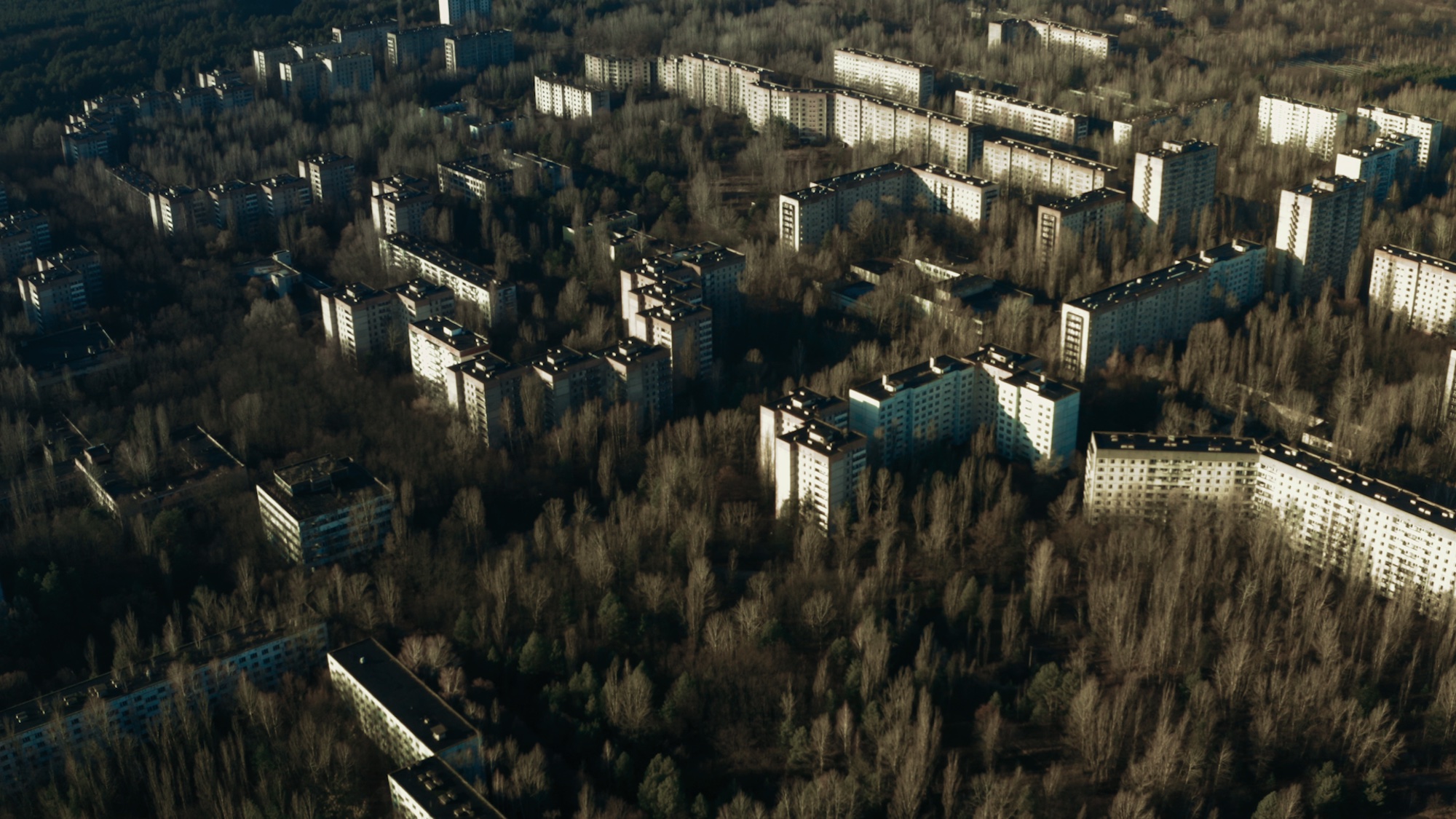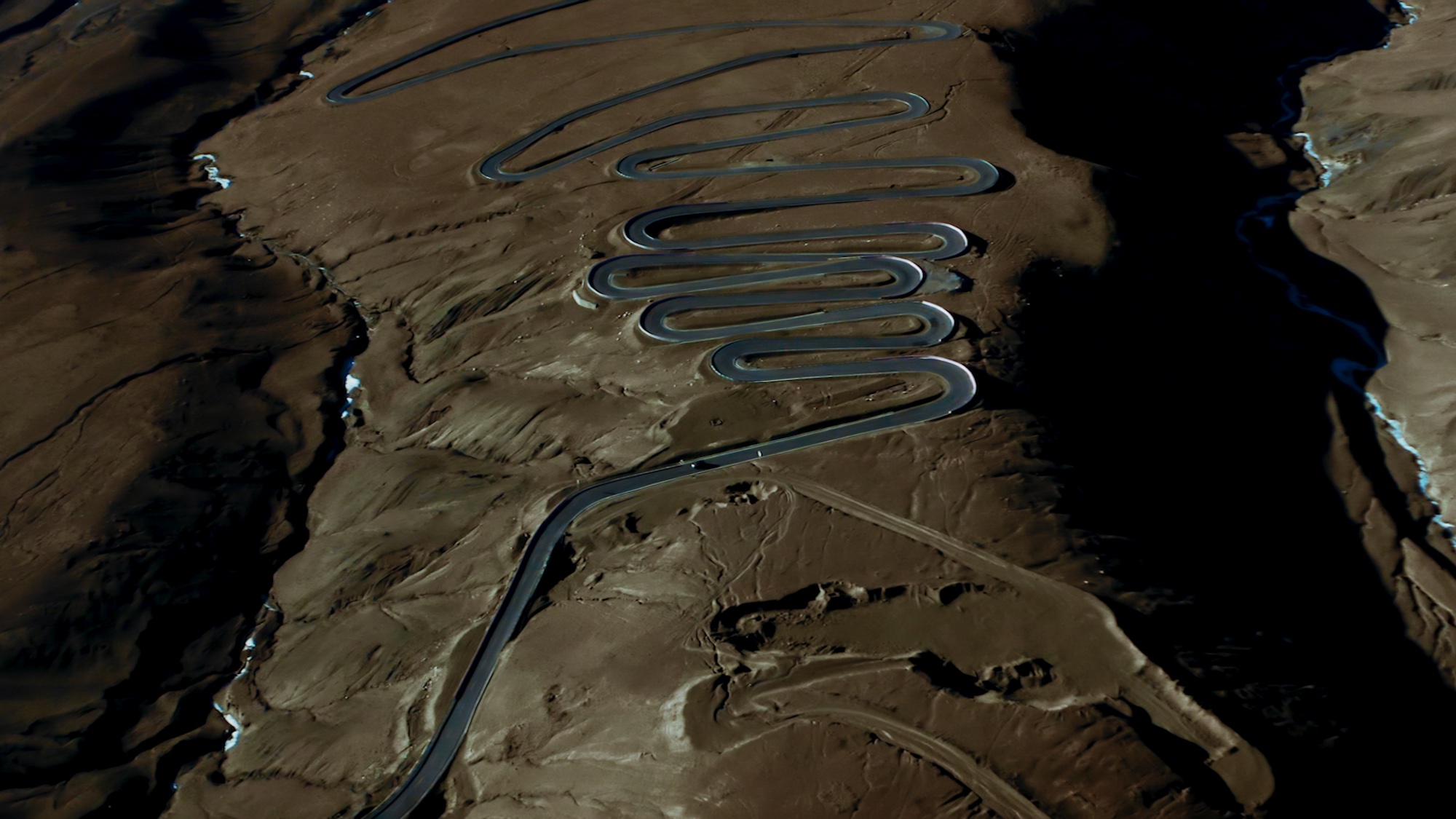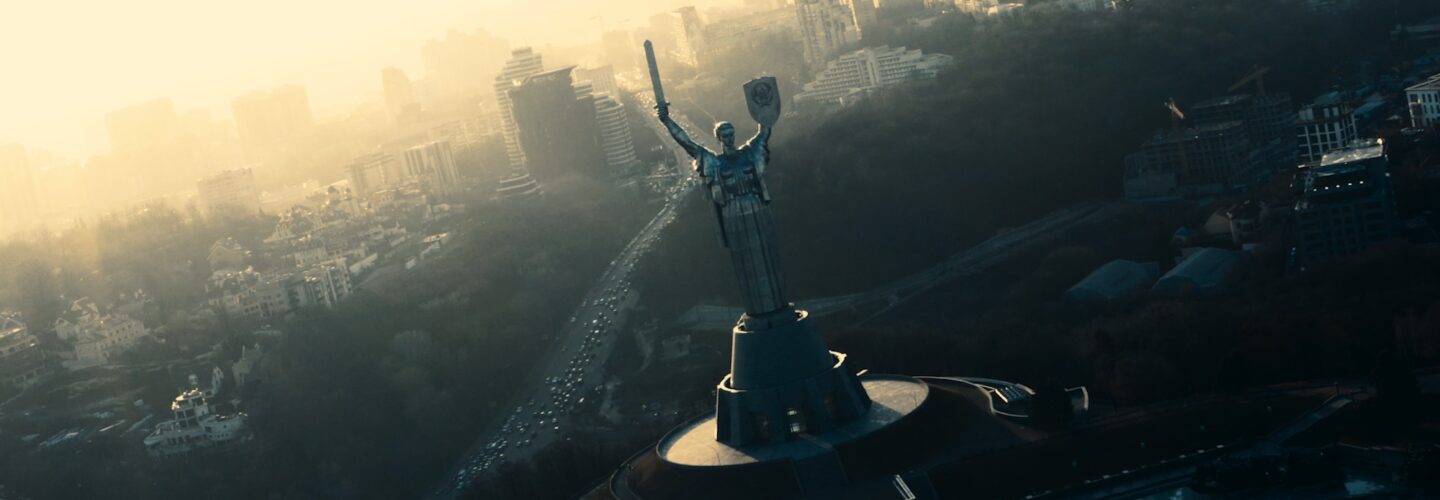
Kiril Shmidov’s new drone short We Above III marks the third in a series of short films which chronicle various locations around the world from a vast, aerial perspective. What marks this third instalment of particular interest is that it documents the world on the precipice of the pandemic. From the sombre desolation of Chernobyl’s ruins to Tibet’s untouched majestic mountains, Siberia’s glacial grounds and Mongolia’s snowy desert dunes, We Above III’s visual grandeur appears rife with melancholic undertones. DN is delighted to premiere Shmidov’s aerial glimpse of a world at the dawn of a pandemic on our pages today, alongside a conversation with the director on the surprising journey his short series has taken, his desire to chronicle nature, and how Safari Riot’s Pixies cover was a creative catalyst in making a captivating cinematic experience.
We Above III is unlike any film I’ve covered for DN before, how would you describe it?
We Above III is a glimpse of a world at the dawn of a pandemic from Mother Nature’s perspective. From the opening Pripyat proxy for the devastation left in COVID-19’s wake to towering historical monuments embodying mankind’s delusions of grandeur, the forces of Man and Nature are pit against each other into a hopeless conflict.
It’s also part of a collection of shorts. How were you looking to differ We Above III from the other instalments?
We Above III is the third drone short in a series started in 2017. While We Above and We Above II (set in the U.S. and Japan/Hong Kong respectively) evoked a serene sense of joie-de-vivre expected from an aerial travel diary, We Above III’s narrative was conceived synchronously with the trip itinerary: Chernobyl and Kiev, Russia, Siberia, Mongolia, Tibet, and China’s natural wonders (the Tianmen & Huangshan mountains, Wulingyuan) and eerie ghost cities (Tianducheng and Chenggong).
The initial concept, inspired by Godfrey Reggio’s Koyaanisqatsi, was to chronicle the birth of Nature and Mankind, the latter’s fall when two powers (Imperial Russia and Imperial China) crusade to claim it as their own and, the former’s eventual prevailing. Visiting North Korea in 2014 was the seed of my obsession with going off the beaten path – destinations such as Chernobyl, Tibet and, one day, Antarctica became goals, while Romain Gavras’ music video for Jamie XX’s Gosh put Tianducheng and other Chinese ghost cities on my bucket list. The journey, however, wasn’t designed around We Above III – my DJI Mavic 2 Pro and Moment Anamorphic Lens are like my iPhone, wherever I go, there they are.



What narrative were you looking to explore with this project?
Following my mother’s frightening health incident in 2018, I began writing a project chronicling her upbringing during the Soviet Union in Norilsk (the northmost city in the world) and my family’s immigration to Canada during Perestroika in 1988. Yearning to “walk a mile in her shoes” over frozen Siberian ground; the Trans-Siberian, Trans-Mongolian and Trans-Tibetan allowed me to tie several dream destinations together.
How extensive a process was it in obtaining all the footage?
We Above III is an amalgam of two trips at two different and early stages of the pandemic. Finding myself in Xi’an (only an eight-hour drive away from Wuhan) on the day news about COVID-19 broke, put an abrupt end to the trip. Striving to finish the film (albeit with a shifted narrative), a trip across Eastern Europe (Bulgaria, Romania, Hungary and the Czech Republic) ensued, starting with Turkey. Upon arriving in Istanbul, countries of the European Union began shutting their borders one by one, transforming iconic Turkish sites such as Cappadocia’s hot-air-balloon-lifted skies into post-apocalyptic landscapes: a sight that was as alien to me as it was for the locals.
The greatest challenge was in creating a captivating cinematic experience rivalling the current wave of daredevil FPV drone videos.
With over 35 hours of footage to derush, the Orwellian lockdown blessed my collaboration with Alexandre Richard. Alex is a creative force to reckon with and a talent that I admire immensely. The greatest challenge was in creating a captivating cinematic experience rivalling the current wave of daredevil FPV drone videos. The solution was in a song discovered while traveling: Safari Riot’s cover of the Pixies’ Where Is My Mind? – for more reasons than one.



Was it at that moment where the concept shifted into more of a documentation of what the world was going through?
The pandemic brought forth a plethora of uncertainties about our future – as individuals and as a society. Confined to our homes, days morphed into one another. Time became a measure of survival rather than an accelerant for living. Our world grew smaller by the day while an invisible external threat swallowed the space we once inhabited. As time and space folded, our minds grew restless, a state symbolically manifested by upside down, tilted and mirrored shots. The frenetic pace dictated by Where Is My Mind? forces the viewer to ask himself “What am I looking at? Where am I?” and consequently, an overarching question arises: “Where is my mind?”.
Did you work with anyone else in piecing We Above III together?
As dreary a year as 2020 was, this project proved to be a joy thanks to Gabriel Garceau at 5S, our advertising agency, Charles Boileau, William Payette and the fearless Florence Julien-Gagnier at Post-Moderne, whose selfless commitment elevated We Above III (no pun intended) beyond expectations.


Can we expect any new projects, or a continuation of the We Above series from you in the near future?
While We Above III is garnering critical acclaim at festivals worldwide, Alexandre Richard and I are co-writing on each other’s short films. They’re two singularly unique tales about how the human condition isn’t solely restricted to humans. In addition to planning a second Russian research trip for my mother’s story, I’m developing my feature debut: a cautionary horror tale about mankind’s place in the cosmos with frequent writer-collaborator Brian Cuccovia. Hopefully, when everything’s in its right place, a fourth We Above, basking in Egyptian, Jordanian, Moroccan and Lebanese sunshine will see the light of day.


